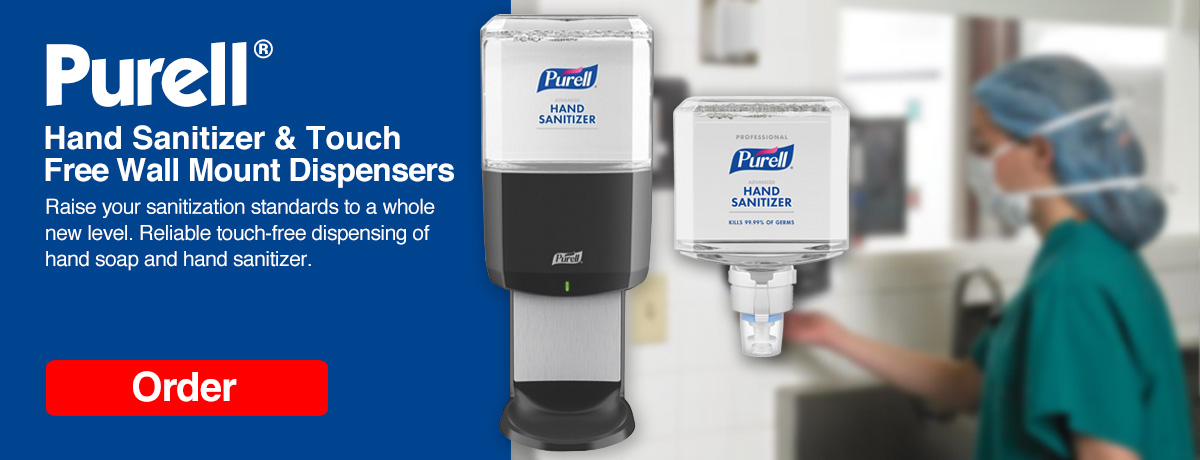
Medical professionals know the importance of maintaining a clean and sanitary environment. It doesn't matter what medical sector you're in or what type of patients you work on; the need for sanitized environments is real, and veterinarians know this as well as any nurse, doctor, or physician assistant working at a human hospital.
In a perfect world, medical professionals (vets included) rely on vigorous hand-washing with soap to stay sterile. That's not always possible, though — and for veterinarians, that's where veterinary hand sanitizers come in. Believe it or not, the same hand sanitizer your own doctor uses is quite often identical to the kind your veterinarian uses when he or she is examining their non-human patients. Here's what you need to know about how veterinary hand sanitizers works to keep human staff and non-human patients safe and healthy.
The Purpose of Veterinary Hand Sanitizer
The use of hand sanitizers in any medical office, including a veterinary office, is to make patient treatment and examination easier and more accessible without sacrificing the health and safety of medical workers that might be exposed to all manner of pathogens throughout the course of a typical workday. Passing infections from patient to doctor, doctor to patient, or from one staff member to another are all serious dangers.
Of course, in a vet office environment, this is less of a danger, as there are much fewer animal-borne illnesses that can bridge the gap to humans and vice versa. However, there are still plenty of infections that can be spread between animals due to bacteria being borne on the non-sanitized hands of a veterinarian or vet assistant when staff goes from treating one animal to another, which makes it absolutely necessary for either hand-washing or using veterinary hand sanitizers in between each patient. Additionally, human illnesses can still spread between human staff members unless steps are taken to remain clean!
The Best, Safest Way to Keep Pets (and People) Safe
Veterinary hand sanitizer is quite often identical to the kind you'll find in a doctor's office or hospital for human patients. That's because the most effective hand sanitizer ingredient is ethyl alcohol, as it kills 99.9 percent of germs quickly on contact. Now, it's true that ingesting ethyl alcohol can be dangerous for animals, but the danger of this occurring is very low due to two very important facts: first, the amount of hand sanitizer an animal would have to ingest to be dangerous is massive. In fact, a medium-sized dog would have to drink nearly half a cup of ethyl alcohol-based hand sanitizer for it to be fatal.
Second, and perhaps the most important, is that hand sanitizer is simply unpalatable. Common house pets like dogs and cats simply can't stand the taste, and that goes for other animals as well. This means there's no danger of veterinary patients taking more than a couple of tastes before deciding to go elsewhere. This adds to the safety of using veterinary hand sanitizers in a vet office or similar environment.
The Last Word on Veterinary Hand Sanitizer
Hand sanitizers helps save lives in the medical field. Veterinary medical practitioners should be in the habit of washing hands between treating patients, and using veterinary hand sanitizers to provide an added level of safety and security in the practice of veterinary medicine to minimize potential disease transmission.